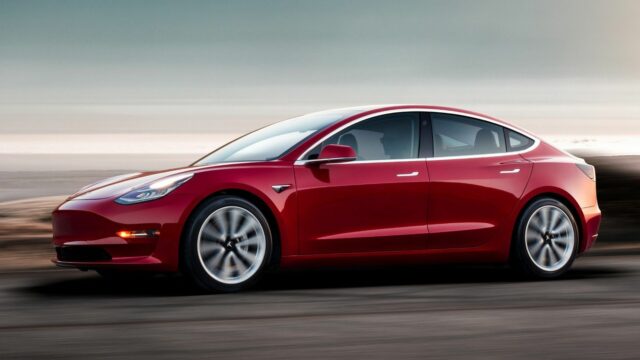Musk’s vision will eventually succeed. But he needs a miracle at Tesla
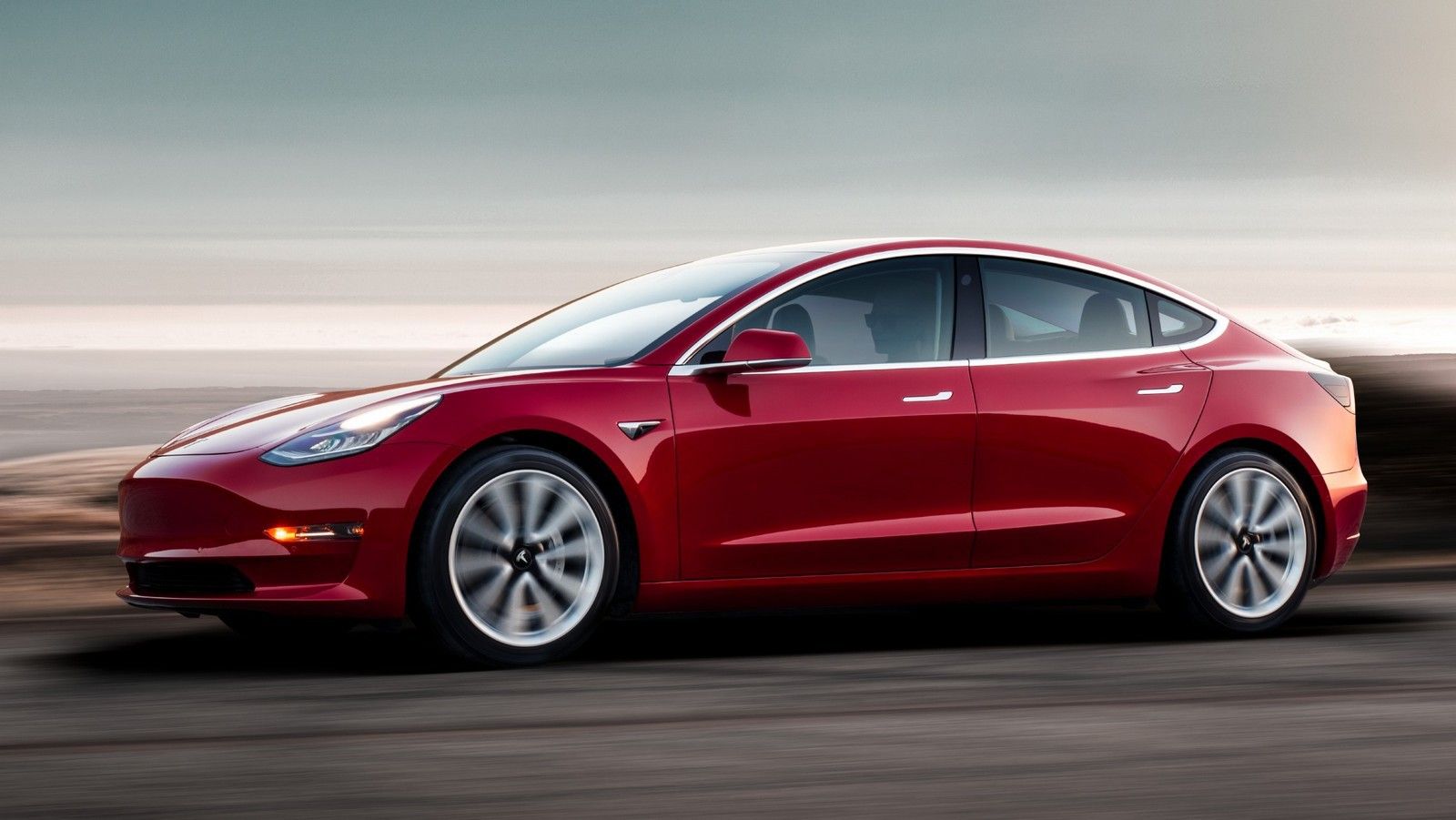
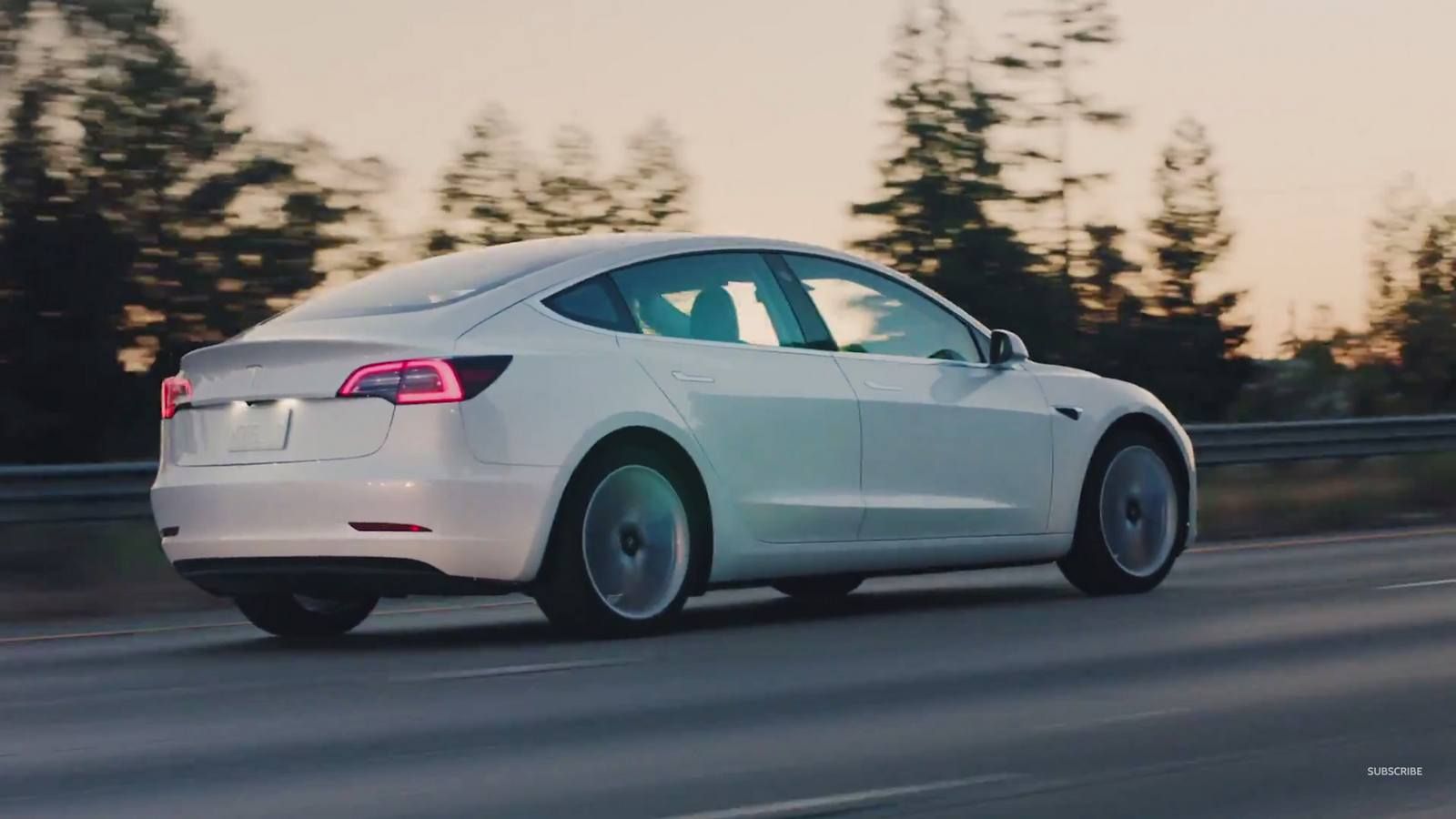
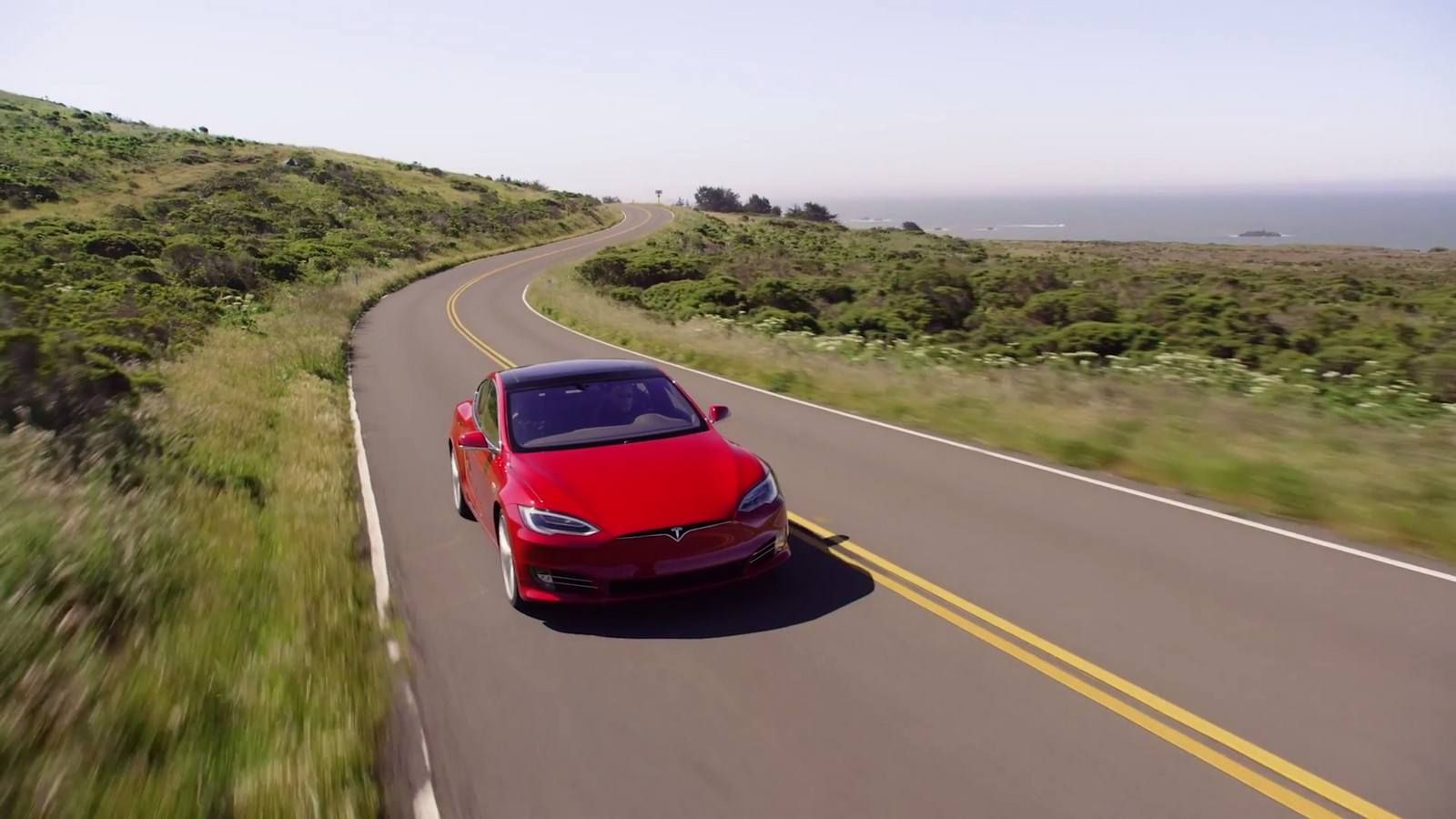
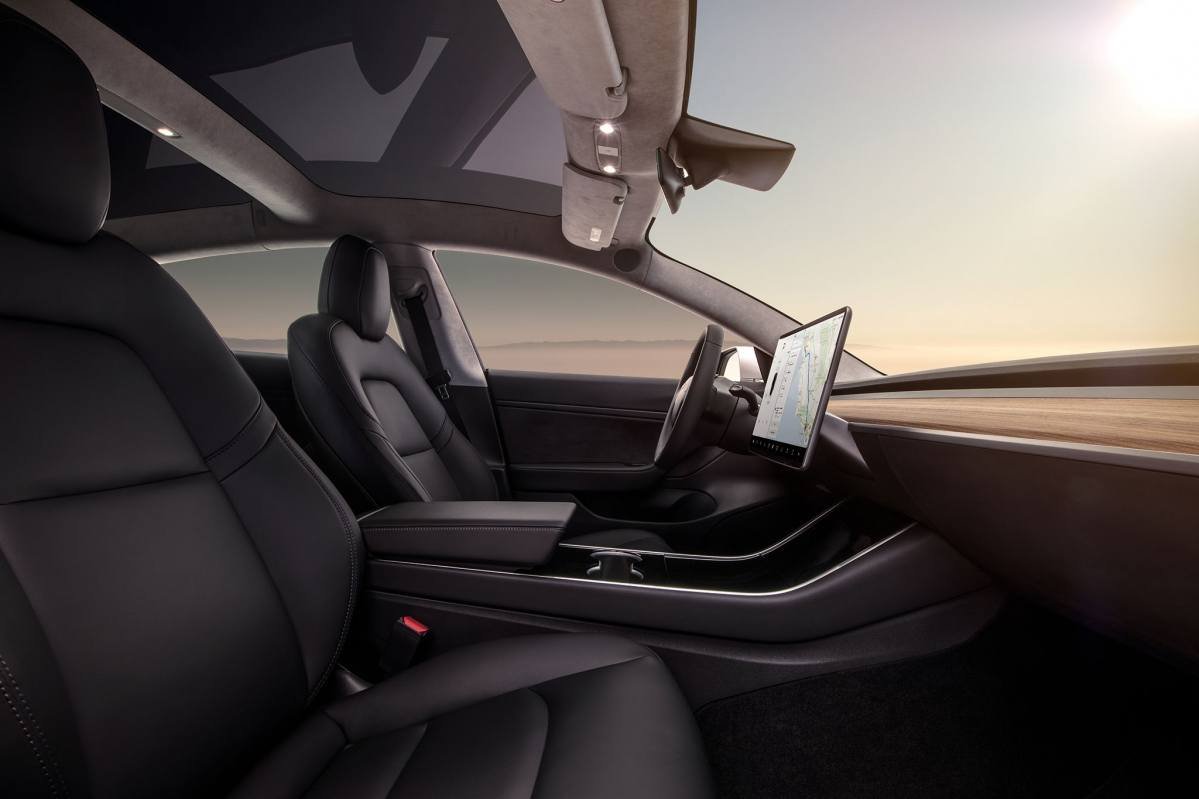
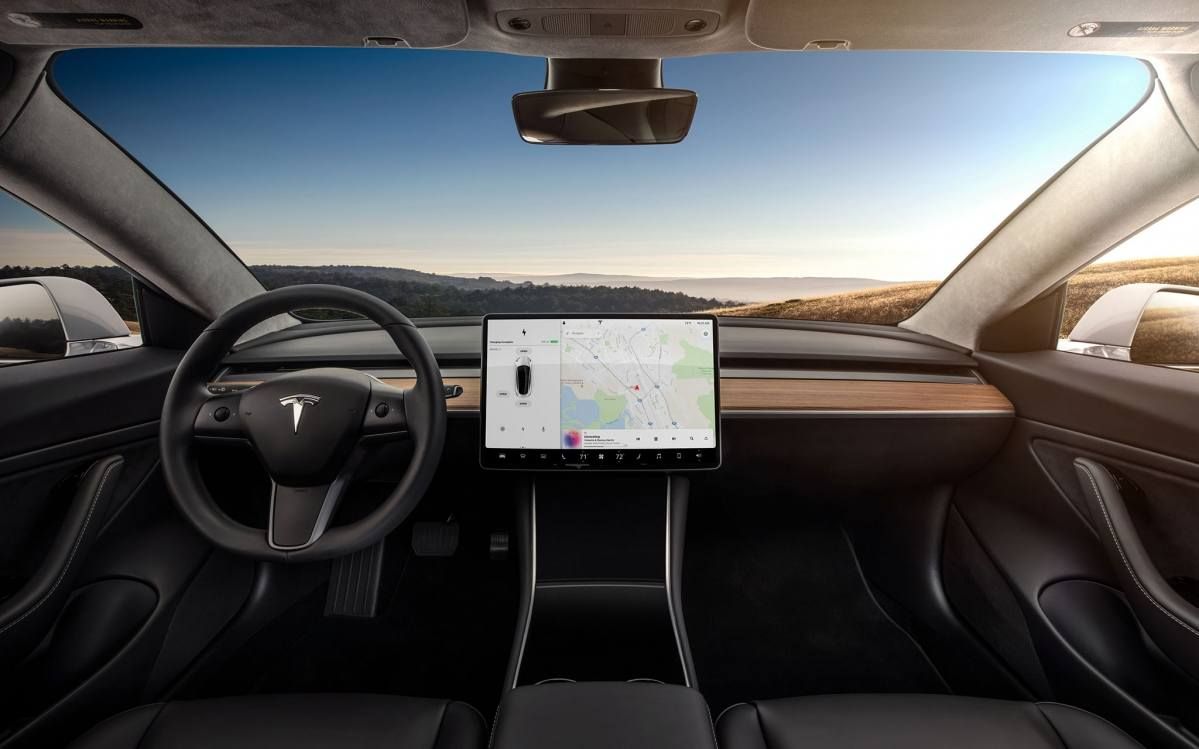
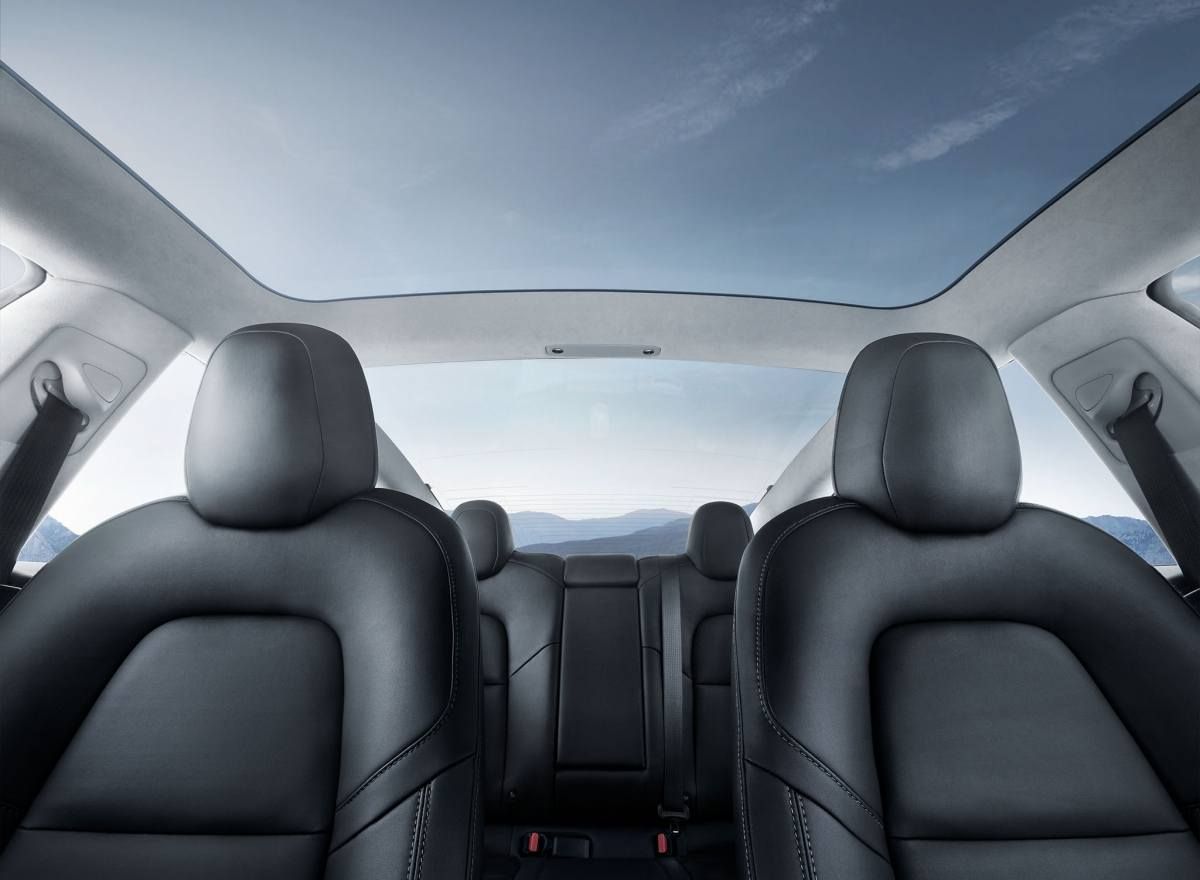

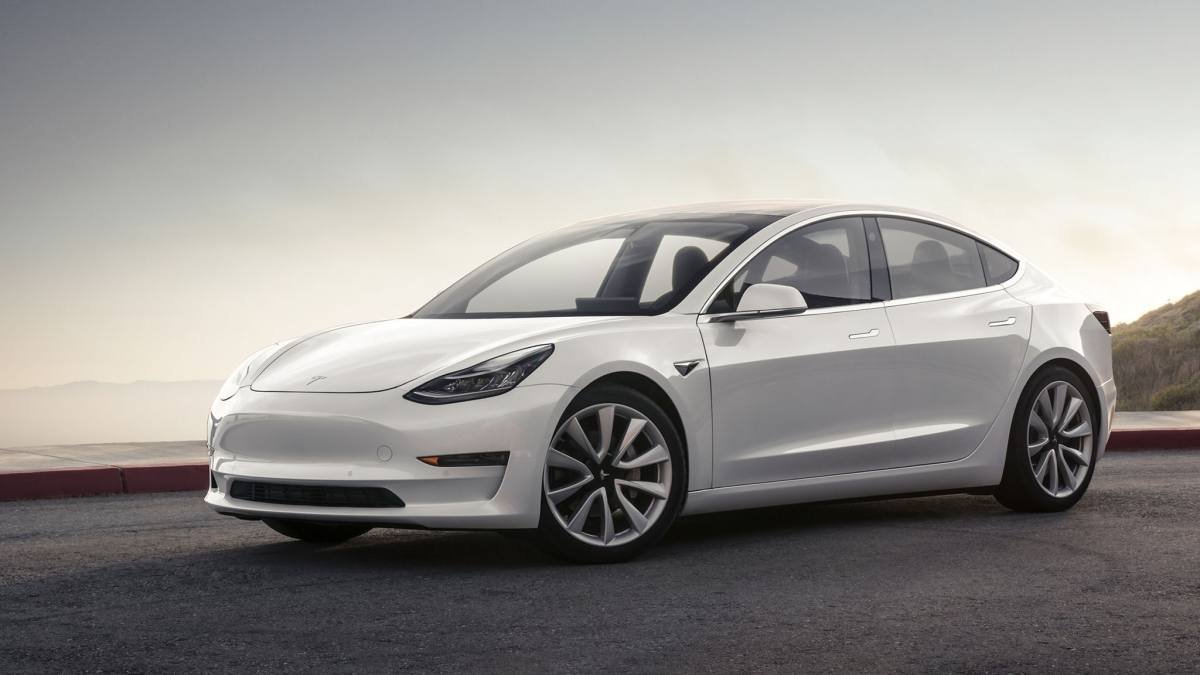
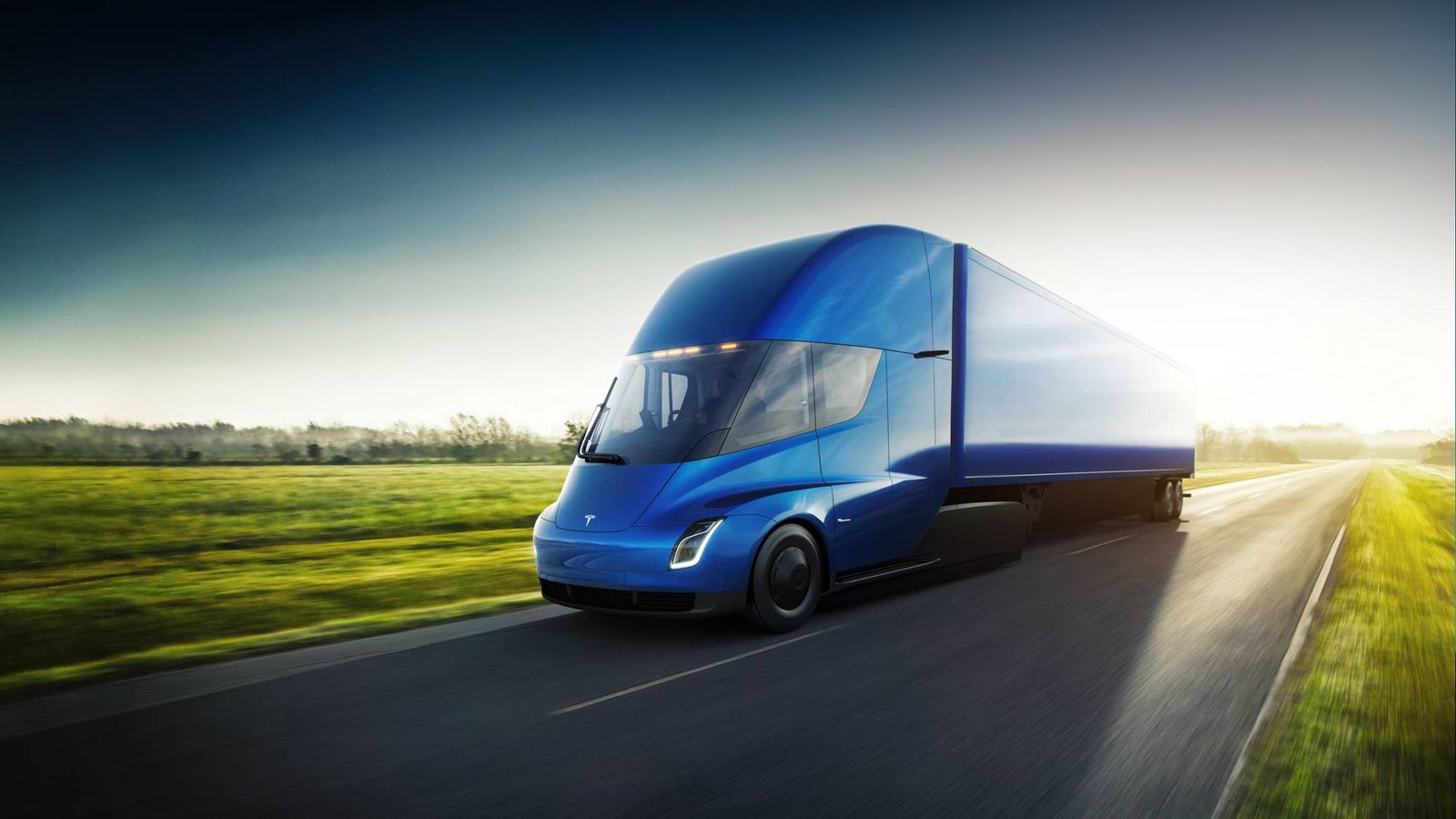

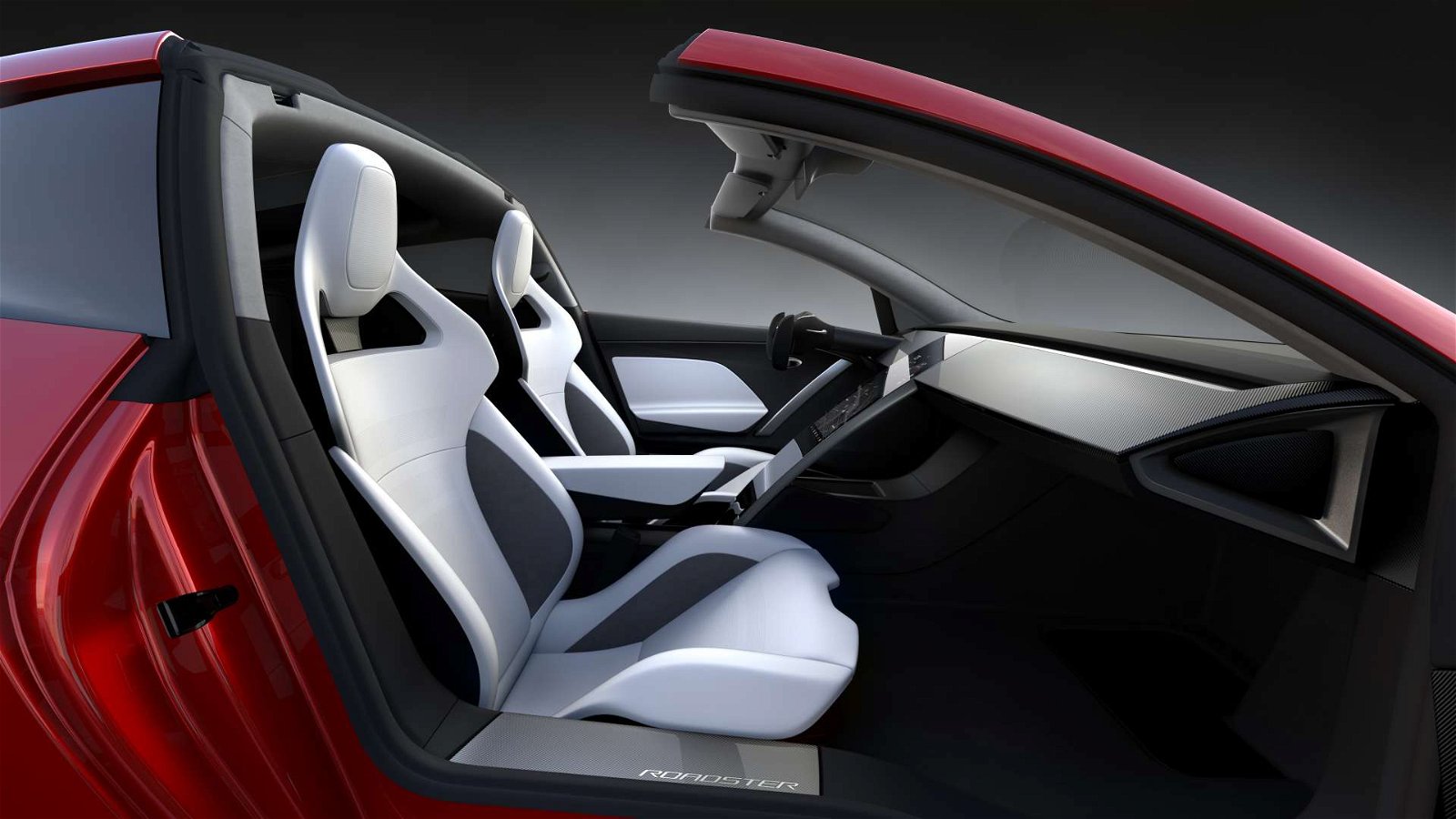
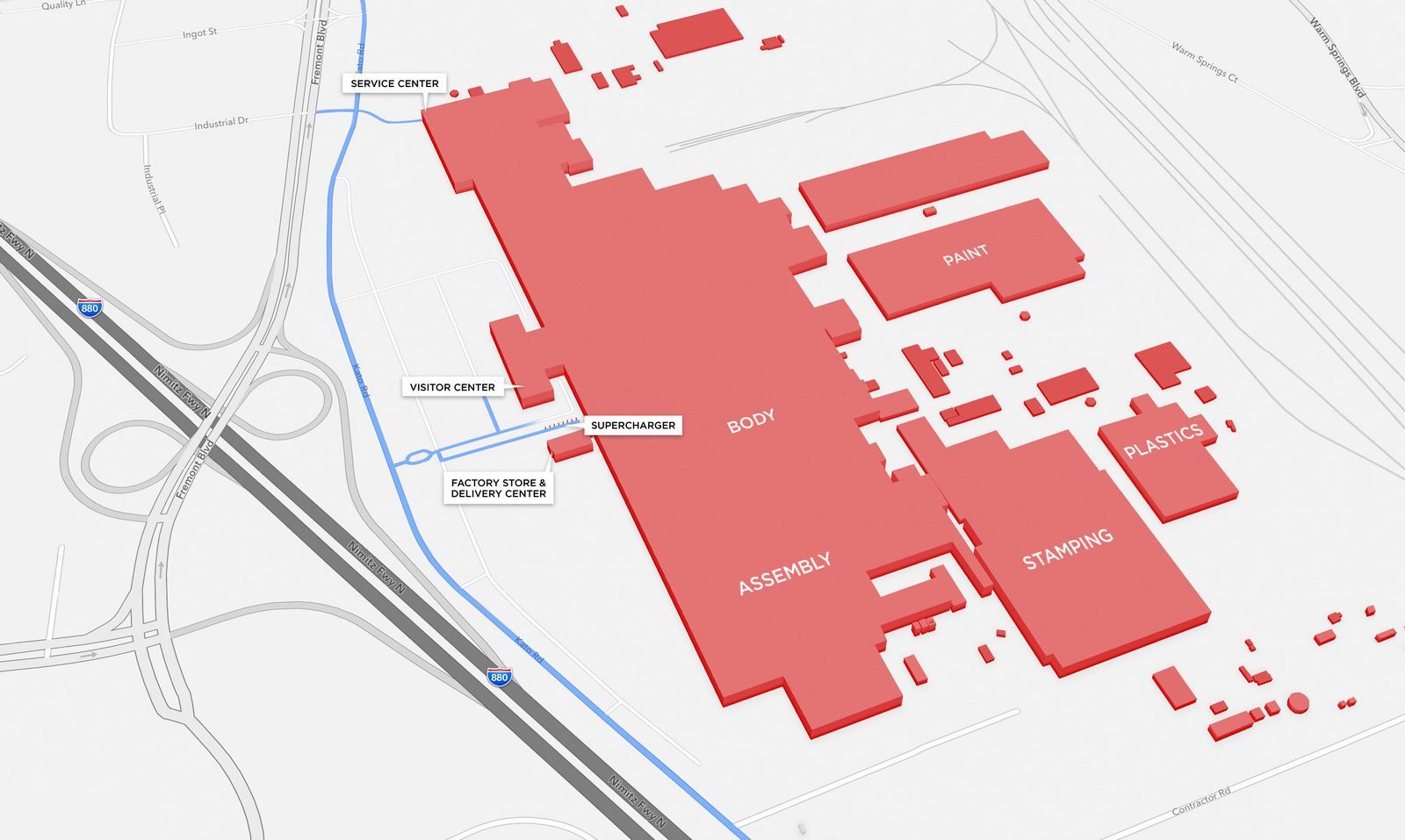
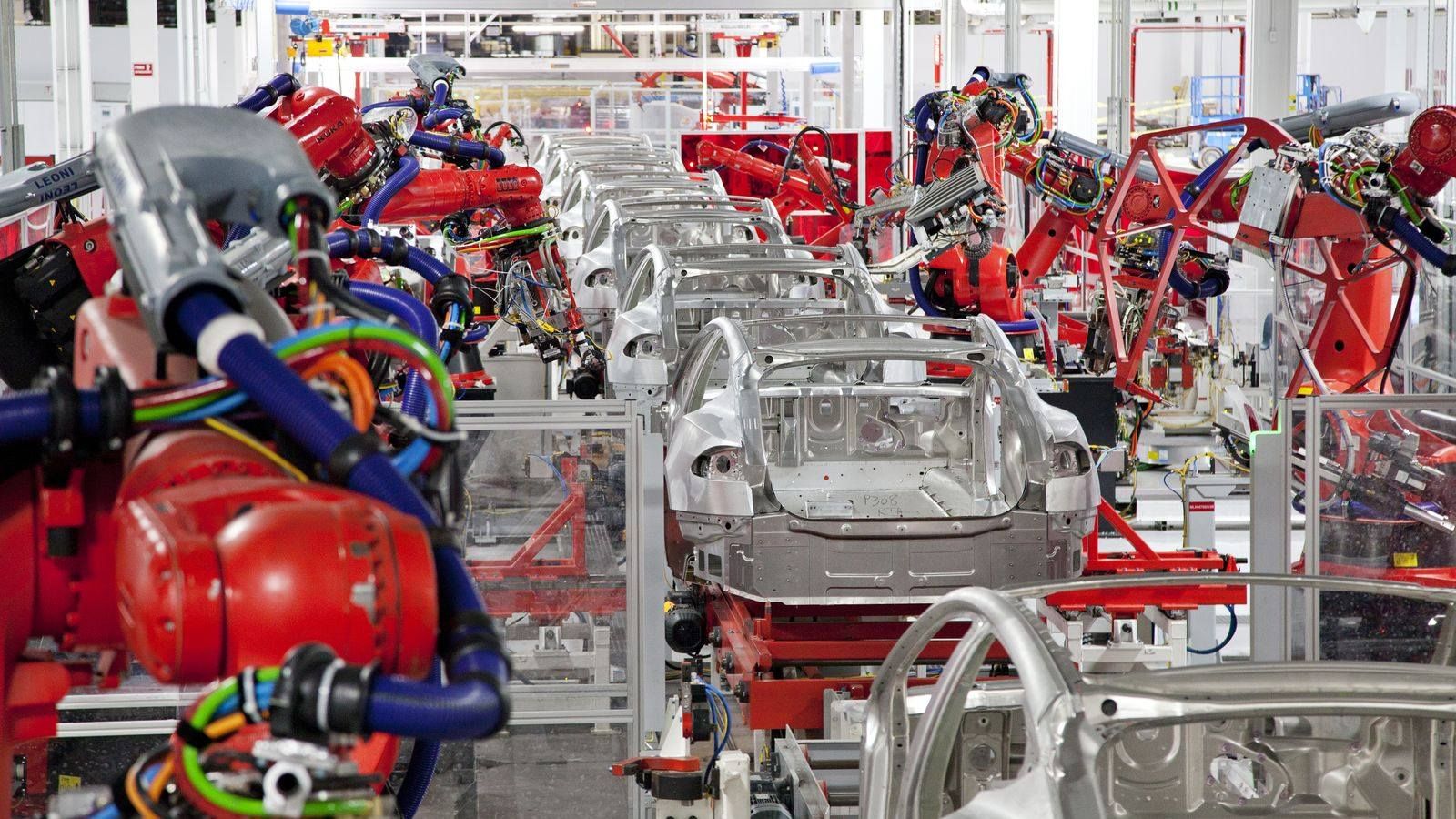
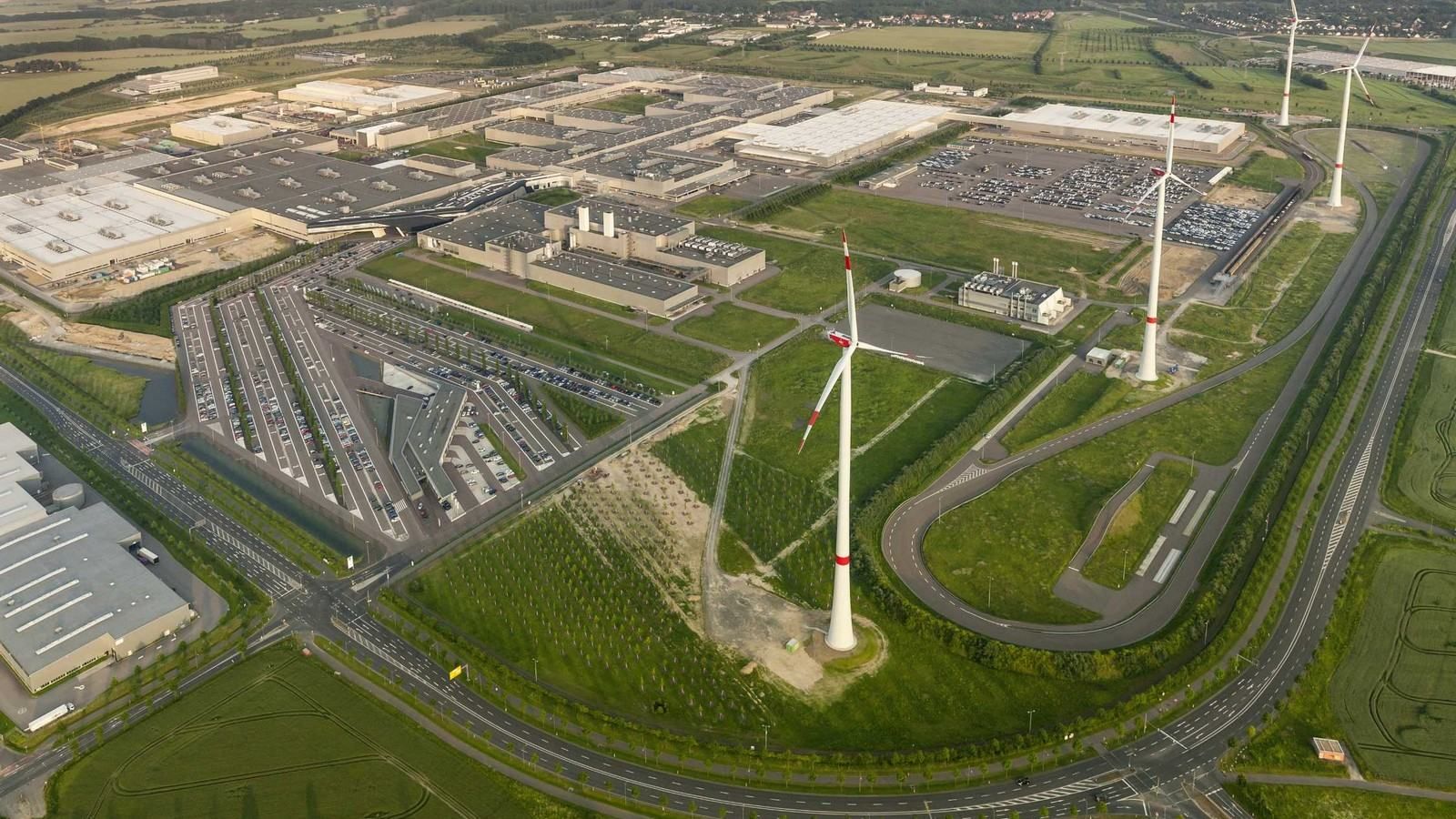
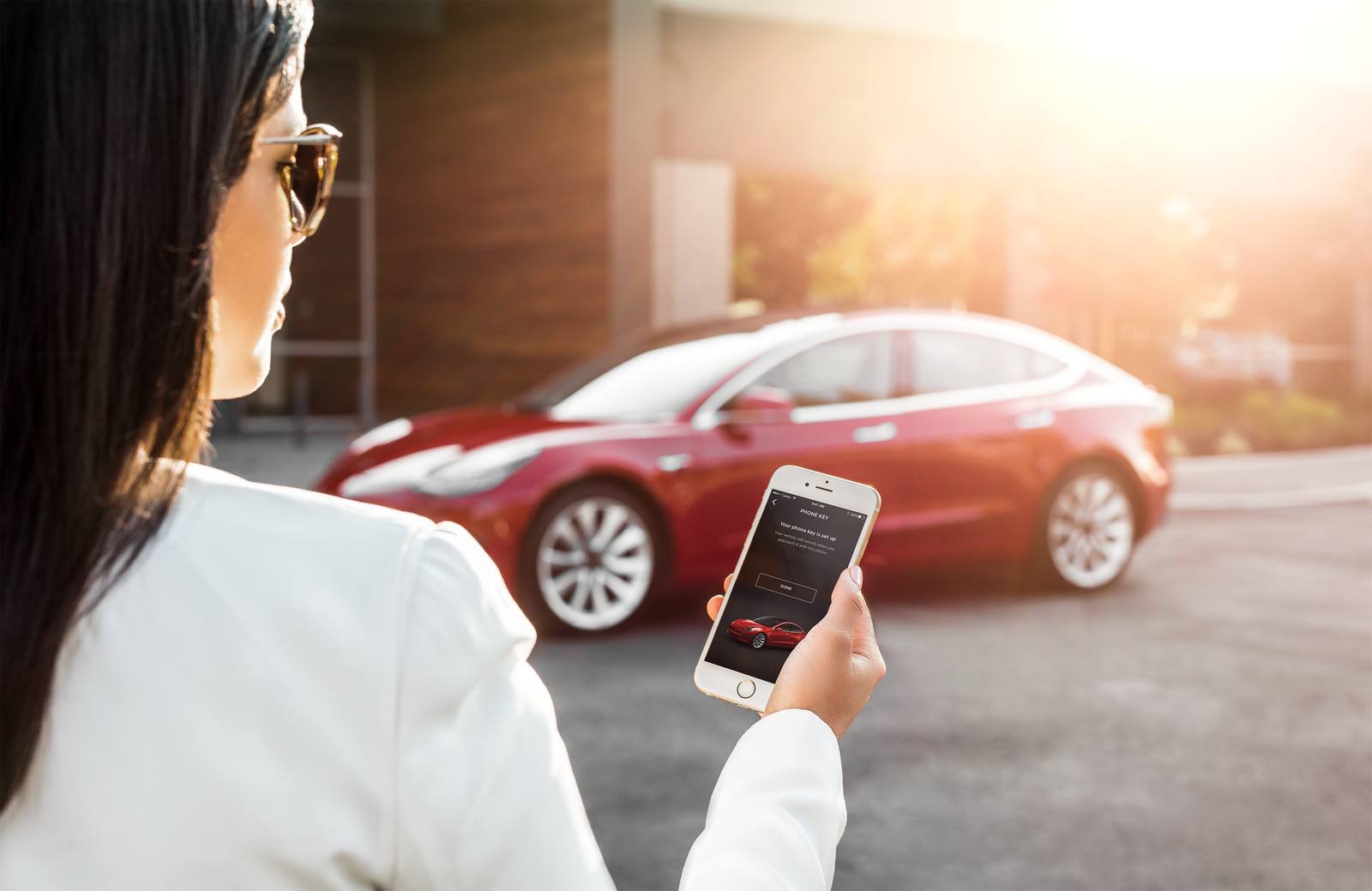
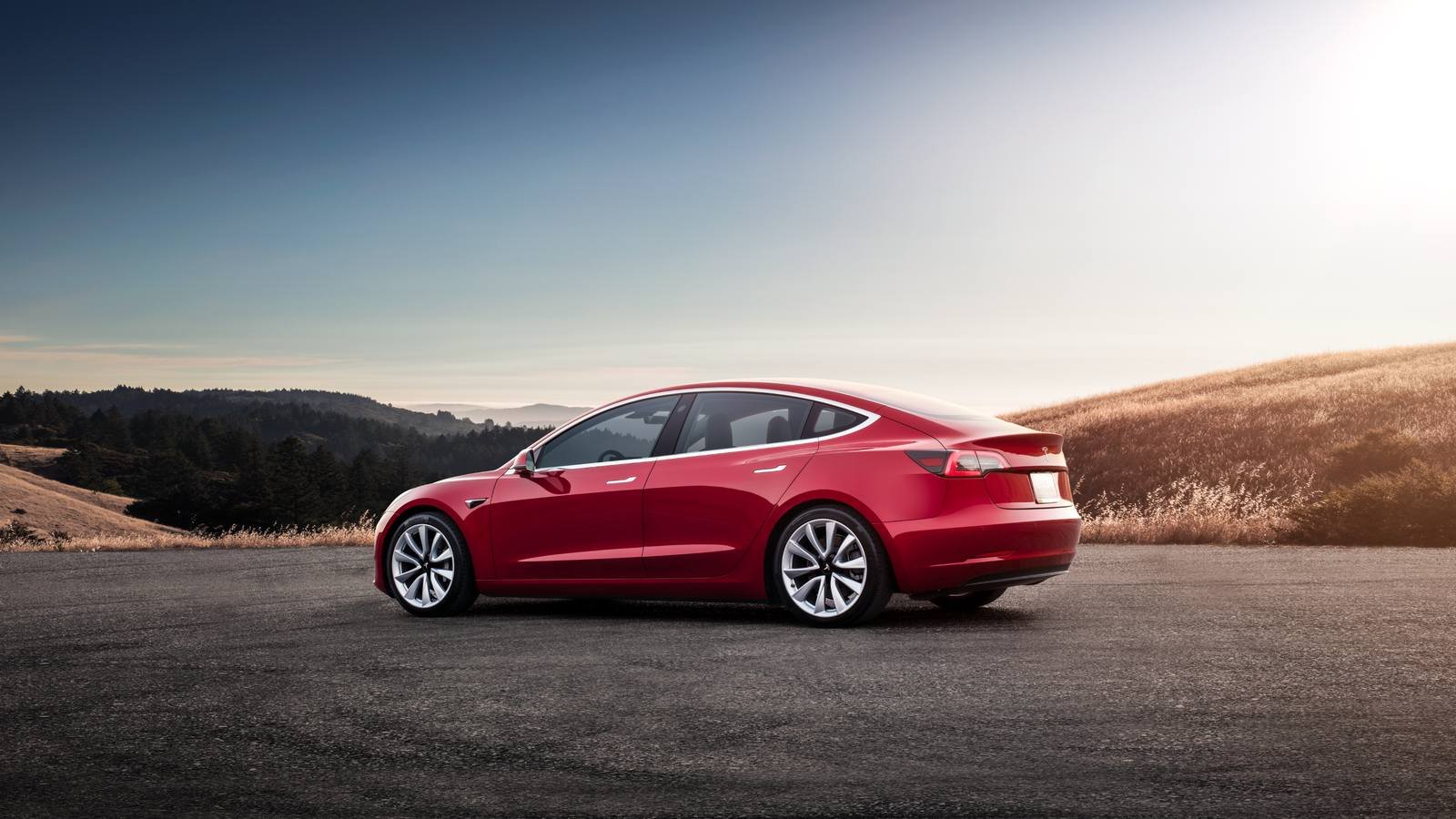
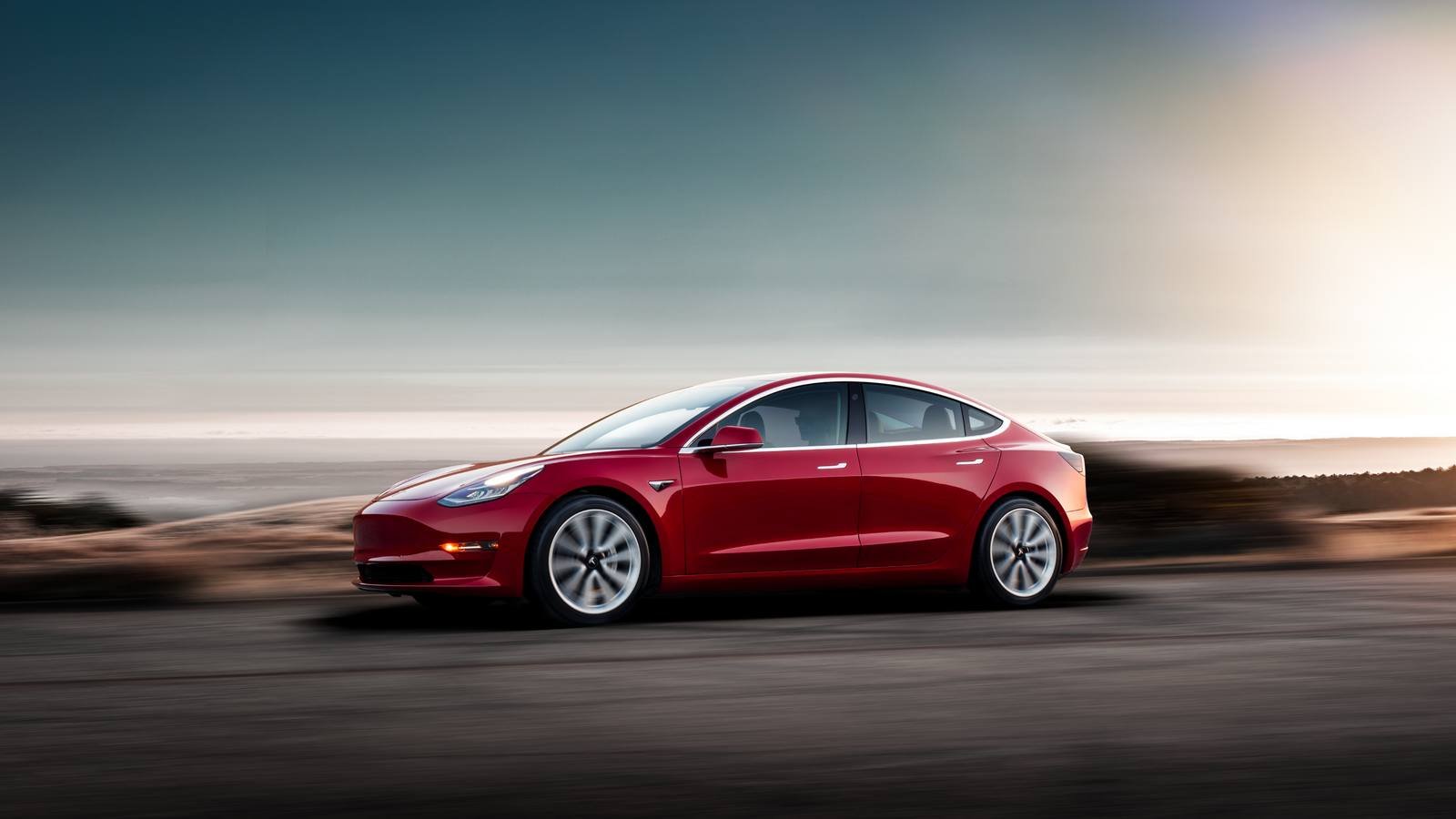
Time is running out for Elon Musk, industry's analysts and CEOs say, and gloomy predictions abound. But is Tesla really done for?
Tesla got a lot of bad press lately, focused mainly on the company's constantly missed deadlines and the abysmal Model 3 production figures. Many point out that money is running out, and a scathing exhaustive analysis of the company's financial dire straits labeled its situation as "terminal decline."
In a best-case scenario, Tesla will be able to deliver only half of the Model 3 preordered units in 2018. If production levels reach 5,000 units per week at the end of March 2018, the company could deliver up to 200,000 Model 3 units by the end of next year. This would still not be enough to bring a positive cash flow. Also in a best-case scenario, sales of Model S and Model X would reach 100,000 units, a 30% increase over 2017. Still, the company would need to borrow its way through 2018 and 2019, and shareholders would not see any profits for at least two more years.

This, in turn, might lead to a fall in TSLA shares (they're now down to last April's levels, and have been very volatile all year-long) and a more difficult money-raising climate. Tesla needs this money to finance its growing operation at a neck-breaking pace, on a market that is heavily dependent on subsidies that might vanish. Could Musk ultimately fail?
Here are some points you might consider before reaching a conclusion. We'll try to explain why Tesla got into this situation and how it might get out of it.
1. Musk is not only producing a car. He tries to reinvent the assembly line
Musk never rests. This is why he was not content with just building electric cars; he wants to revolutionize the assembly line as well. Tesla's factory is highly automated, and you have to remember that Model S and Model X also went through "production hells" of their own. Why? Because in Musk's vision, everything has to be perfect, optimized continually, pushed to its limits.
Tesla's lines are highly automated, with hundreds of robots working at speed in a highly integrated process. This, in theory, would allow for scalability and will lower the costs once production is cranked up. But, for the time being, it just costs a lot of money, without delivering in time.

Musk's insistence to reinvent the assembly line might have significant benefits eventually, with higher profit margins. However, quality issues made Tesla Model X reach the unwanted Consumer Reports' Top 10 most unreliable cars list, and bottlenecks in the new assembly line led to a disastrous Model 3 launch to market, with only 260 units built in the first three months. While BMW and other carmakers can write off technology-related lower profits through their constant delivery of high volumes, Tesla simply doesn't have this luxury.
Perhaps not insisting on constantly reinventing the assembly line would benefit Tesla more than striving for better margins while not being able to deliver actual sellable units. Making cars is not easy, as Musk mused, but extremely complicated and hard. It's even more complicated and hard to experiment with the assembly line while making a completely new car – at least half of Model 3's customers would not receive theirs until 2019!
Understanding this might help Tesla to actually start producing enough volumes to convince markets it can be viable.
2. The beta-testing approach doesn't function for volume cars
Silicon Valley's "launch it today, fix it tomorrow" approach does not work for cars. Early adopters – and especially extremely wealthy individuals that can afford a $100,000 car – can forgive many of a car's shortcomings. But the higher-volume market, be it still in the premium segment, is not as forgiving. Model X has reliability problems, and Model 3 still is out of reach for professional reviewers. It's a simpler car, though, and it should have fewer problems than the ambitious Model X. As soon as high-mileage reviews will start to surface, we'll know more about Model 3's reliability. For now, reviews are good.
However, Musk has to get the Model 3 production right, at least at levels comparable to cars that cost the same, sold to a public that pays attention to the TCO. If the Model 3 lands next year in Consumer Reports' most unreliable cars, it would have much worse effects than on the more luxurious Model S and X.
3. Vertically-integrated production has its benefits. But also its shortcomings
Automated warehouses and assembly lines speed up things because robots can work 24/24, but they also cost a lot. Logistic troubles down the line can easily erase any profits from a highly-automated process – if your trucks are stuck in traffic, or your parts supplier doesn't manage to provide parts in time, it doesn't help that you have hundreds of robots idling around.

Moving from an all-aluminum assembly line to a steel-and-aluminum one is also not easy, and there are also other problems with high volumes, especially in the logistics chain. If a traditional carmaker has several hundred suppliers and can choose among three or four different providers for the same car part, Tesla wants to integrate almost everything. This means it forces itself to be perfect at every level, and the strain put on its workers is extreme. And if something goes wrong, it's impossible to shift production towards another supplier – they have to do it themselves. This takes precious time – and money.
Of course, give it a couple of years, and things would sort themselves out. But it's a high-risk strategy that hinges on getting things right very, very fast.
4. Focus
It seems Elon Musk has a new groundbreaking idea every couple of months or so. From boring tunnels under L.A. to making intercontinental business rockets, from building the fastest production roadster in the world to launching electric trucks, Tesla's CEO is constantly innovating. But this apparent lack of focus is part of Elon Musk's magic act. If he can convince that his companies will bring the future, then the money will keep on flowing. As any skilled magician knows, it's all about focus – the spectator's focus.

“We’re doing this because we believe in a sustainable energy future, trying to accelerate the advent of clean transport and clean energy production, not because we think this is a way to get rich.”
Elon Musk, Tesla CEO
Of course, spewing hundreds of tons of chemical fuel to hop businessmen from one continent to another in half an hour is the worst way to travel, ecologically speaking. And Plaid Mode is fast, but with a cost: electric energy that still comes from fossil fuels to a great degree.

Tesla says it's in the green car business with a noble mission: to reduce our transport CO2 emissions by half. If they really want to do this, then perhaps they should pay attention to what Renault is doing with Zoe, an affordable EV that is slow as a snail but built with a focus on ecology, not on the coolness factor. Focusing on getting high production levels for an affordable EV is paramount. Focusing on making it even greener would be even better.
5. The money problem
Tesla isn't the only company to experiment with reinventing the assembly line or with building EVs. For example, BMW's production lines for its BMW i3 and i8 electric cars were designed from scratch and ended up being much more efficient than the normal ones – they're shorter, use fewer people and robots while modularity ensures less downtime.
But it took BMW six years and a $560 million investment in the Leipzig, Germany plant (and an additional $100 million in a US-based carbon-fiber plant) to start production.
And the same plant also produces profitable internal combustion cars, financing the development and testing of new production processes. BMW is now the world's third electrified vehicles' producer, and its BMW i3 just reached 100,000 units sold, with a growing dynamic that could make it a market leader.

This approach allowed BMW not only to have profitable electric cars `from day one,` but also to implement what it learned from the Leipzig plant to other plants as well. It will soon have highly flexible assembly lines that can switch from internal combustion cars to hybrid or full-electric ones and adapt their production volumes accordingly.
This simply does not happen at Tesla, who spent $1.98 billion for the Gigafactory alone, as well as over $1.26 billion for the new assembly line of the Model 3, while keeping the Model S and Model X on a single line. The difference in costs is considerable.
"We can double our manufacturing volumes in the space of 12 months and respond quickly to growing customer demand. Thanks to our standardized modular system for so-called eDrive components, we are also capable of producing electric engines and high-voltage batteries with different sizes, performance, and structural shape."
Ilka Horstmeier, head of Production Engines and Electrified Powertrain at BMW
The difference in available cash is also staggering. While giants like Volkswagen and Volvo announce investments in the tens of billions for electric and electrified cars, Tesla has to move forward with borrowed money, at smaller magnitudes. And it would borrow this money from people looking for a return on their investment in the next couple of years.

Tesla's main risk is to lose the market's confidence. Its shares fell after Q3's reports, then climbed back after Musk did his magic with the Semi and the roadster. This cannot continue forever, though. And its competition already looks poised to `help` Tesla stumble, perhaps in order to buy it at a fraction of its price.
I prefer to be in my position rather than [Musk's]. Why? He has sold a lot, a lot of ideas. There comes a moment when the market will ask him to deliver, and as this moment approaches you never know when it would say it's all over. From that moment on, if you don't deliver results, you get a total meltdown. The market has its timing that you cannot predict and it's unforgivable when it turns against you.
From Bob Lutz to Matthias Müller (VW's CEO), everybody in the auto industry seem to lost faith in Musk (not that's a surprise). For the moment, this chorus of disapproval doesn't influence the market too much, but it will continue to increase, both in tone and in frequency, in the following months, as Tesla struggles to deliver.

Fortunately, Musk doesn't have to invest much more in its Model 3 assembly line, and, as production levels increase, all three models currently in production would bring in a much-needed cash flow. But Musk doesn't want to stop here. He wants (and needs) the Model Y, a compact crossover that would help the brand fight better in a market that doesn't love sedans anymore. He wants the Tesla Semi. The Roadster. Perhaps even a pickup truck.

All these cars would need more investments – billions of dollars that would bring profits only after several years of further losses. Expanding the dealership store and service network also costs a lot of money. Expanding the Supercharger network is also a financial burden, as it doesn't bring profits in the first several years. You just cannot go from niche to volume in less than a decade without tens of billions of dollars, in a market where size does count. A lot.

Therefore, the money problem is the biggest one Musk faces. He will have to find a way to bring billions in investment for several years in a row without losing investors' confidence, while his competitors would use a part of their fat profits to do the same, at a bigger scale. As things look right now, it will be close to a miracle if he succeeds. An alliance would be far better and provide the needed financial help, but would Musk even consider such an idea?
Who knows? As they say, perhaps in order to change the world, you need a miracle.
